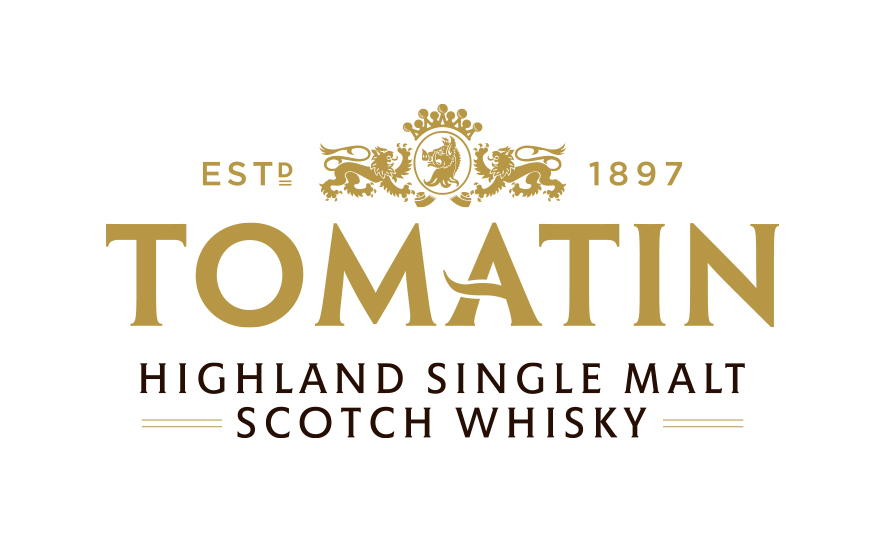Tomatin
Image Credit: Whisky.com
Highlands
1897
Graham Eunson
*Distillery Operations Director
Tomatin Distillery Co.
5,000,000

capacity/lpa

head whisky maker(s)

region

Year Founded

owner
Tomatin distillery, situated in the remote Highland region between Aviemore and Inverness, has a storied history marked by growth and adaptation. Although its initial operation from 1897 to 1906 was brief, a reopening in 1909 marked the beginning of a remarkable journey. This Highland outpost would eventually become Scotland's largest malt whisky distillery.
The distillery's expansion, closely reflecting the whisky industry's fluctuations, saw it grow from two stills to four in 1956, four to six in 1958, and then a significant jump to 11 in 1961. In 1974, the most dramatic expansion occurred, with 12 stills installed, bringing the total to 23 and boosting overall capacity to 10 million liters per annum. However, even during this expansion, the industry was showing signs of a downturn in the mid-1970s. Tomatin struggled to operate at full capacity and faced liquidation in 1986.
Tomatin's fortunes took a positive turn when two of its Japanese bulk customers, Takara Shuzo and Okura & Co, stepped in to save the distillery. This marked the first instance of a Scotch distillery coming under Japanese control. Since then, Tomatin has undergone a steady transformation. The company acquired the blending firm J&W Hardie in 1997, adding the prestigious Antiquary blend to its portfolio. Additionally, in 2000, eleven of the stills were taken out of commission.
A significant shift has also occurred in Tomatin's focus, moving from bulk supply to single malt production. This transition aligns with the evolving market. The single malt range has expanded in terms of age statements, and a peated variant named Cu Bocan has been introduced.
Tomatin is renowned for its intense, high-toned, and fruity spirit, with older expressions offering notes of tropical fruits. Notably, Tomatin has gained recognition for its improved wood policy, emphasizing a higher percentage of first-fill casks, both ex-Bourbon and ex-Sherry, which enhance the spirit's character and structure.
-Written (Mostly) by Robots-



